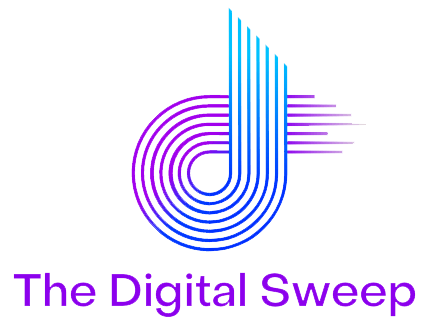What is the Role of Crypto and Blockchain in the Internet of Things?
Cryptocurrencies like Bitcoin have become a mainstay of the digital world of today. They are used for long-term investment purposes as well as digital payments and are pivotal towards a fairer internet of tomorrow. On the other hand, the Internet of Things (IoT) sector is taking over our physical spaces and making them smarter and more interconnected than ever before in history.
But how do these two futuristic sectors grounded in the present relate to each other? It is often claimed by the crypto sector that it has applications in every contemporary and futuristic scenario. Does it have an actual role here or it is just a soundbite?
The role of cryptocurrencies in IoT can be divided into three main areas:
Reward Schemes
While the IoT sector is a futuristic technology and is benefitting the world a lot, it is also considered the biggest invasion of privacy in the world since the advent of social media. Rather than having to guess a user’s activity based on internet searches and activities, companies involved in IoT can get direct data from various sensors in the smart devices of today.
Smart devices can range from air conditioners and refrigerators to assistants like Alexa. They are very hard to control, and they do a lot of data surveillance.
This is where cryptocurrencies and blockchain technology can come in. Just like people can now choose to get paid in crypto for watching ads through browsers like Brave, perhaps the same scheme can be used for giving crypto returns for users with IoT devices. The IoT devices have a lot of potential to engage in a willful recording of data. Cryptocurrencies are a natural solution because they are easy to be owned in chunks, they are difficult to manipulate, and users can transact with them easily enough.
So, as concerns grow around the ethical use of IoT devices, cryptocurrencies can become a natural answer to these challenges. IoT companies need to offer the end-user a choice and freedom, whether or not to divulge their data.
Transparency
Blockchain Technology is extremely useful for recording transactions and making them part of an immutable ledger. This is where the IoT sector can benefit a lot from this decentralized ledger approach. It is a tool to improve transparency and a very effective one at that.
IoT devices and their operators will have to prove that they aren’t engaged in any illegal activities in the near future. For that purpose, the data that they collect round the clock will be studied and any illegal actions will be identified by prosecutors.
However, tech companies are often bad at subpoenas, and they fight long and hard not to give away their information. Even if they do, they can potentially tamper with it and increase legal troubles. The simplest solution here is to record the data packets and see what is being transmitted and that basic data can then be tallied with subpoena records or even be used as a basic piece of evidence on its own.
Increasing transparency is going to be a major challenge for IoT companies as they look to increase their footprint and global appeal while balancing major concerns from critics. Blockchain technology is going to play an all-important role in this regard and bring balance back to the user’s favor.

Role as Nodes
A cryptocurrency/blockchain network is nothing without its nodes. Nodes are essentially decentralized servers that host a piece or whole of the ledger itself. This ledger is made immutable through the decentralized connectivity of these nodes/servers. Without nodes, a network simply cannot exist.
As theorized in the hit tech show Silicon Valley on HBO in which a bunch of smart fridges come together to form a server to save the protagonists’ data, this is where actual use cases could be found.
Decentralized ledgers often face setbacks because of the lack of nodes available online. It is because nobody can own and operate this number of nodes on their own. They need other people to do it for them, but the incentives just aren’t there for average users to set up their devices for this purpose.
This is a win-win situation for both blockchain networks and IoT companies. The latter can essentially launch their own networks through this process because they will already have a lot of devices connected to the internet by the end-users. They can use them to store and process ledger data and maintain a decentralized network. This is a use case waiting to happen and it is likely to be pursued vigorously in the near future.
Concluding…
There are various other important use cases that are likely to present themselves in the near future. However, these three important ones are great places to start for the crypto sector and are likely to play a big part in the Internet of Things future that is upon us.













0 Comments